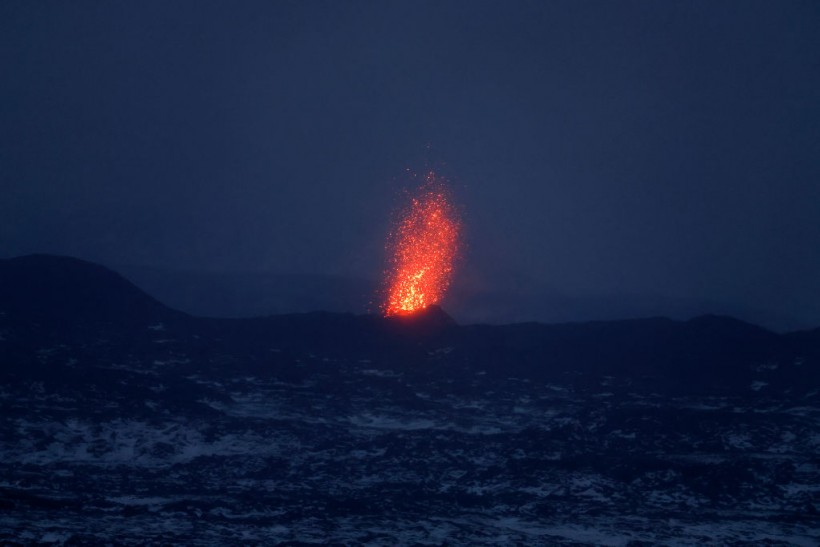Greener plants have the ability to predict when a volcano will erupt, possibly giving early warning long before traditional volcano monitoring techniques.
Carbon Dioxide Emission
According to research titled "Volcanic Diffuse Volatile Emissions Tracked by Plant Responses Detectable From Space" published in Geochemistry, Geophysics, and Geosystems, monitoring plant health with satellite imagery may be able to predict volcanic activities years in advance.
US scientists, under the leadership of Robert Bogue of McGill University, examined Yellowstone National Park by examining decades' worth of satellite images acquired between 1984 and 2022.
With considerable carbon dioxide emissions, Yellowstone has a sizable and active caldera system-a massive depression created by a volcano's eruption and collapse.
Tern Lake, located in the northeastern section of Yellowstone National Park, was recently recognized to exhibit hydrothermal activity due to satellite imagery revealing changed soil, dead trees, and abnormalities in infrared temperature.
In order to predict future volcanic dangers, scientists frequently monitor the volatile emissions from volcanoes in order to better understand how the magma beneath the volcano is acting.
Since it is challenging and frequently dangerous to quantify these emissions on the ground, measuring them with satellites would make it easier and safer to identify changes in volcanic activity.
They saw an odd pattern: greener flora before volcanic activity, then browning as explosions approached.
They explained that this is carbon dioxide's Jekyll and Hyde. It first makes plants greener due to extra carbon dioxide but eventually turns browner as activity increases because of the sulfur dioxide and high temperatures killing the plants.
A rise in carbon dioxide emissions is frequently one of the first indications of volcanic instability.
Forests that are exposed to volcanic gasses are healthier compared to almost identical nearby forests developing without the influence of the volcano.
This bolsters the theory that increased volcanic carbon dioxide and precipitation improve tree health.
Read Also: Future Volcanic Eruption Imminent as Magma Chamber Grows Under Mediterranean Volcano [Study]
Plant-Based Early Warning System
For densely forested volcanoes like Mount Etna in Italy and Taal Volcano in the Philippines, this plant-based early warning system has potential.
This may serve as a stand-in for monitoring variations in the volatile emissions from volcanoes observed from space.
It's possible that scientists will one day be able to get a vital advantage against the underground firepower by keeping an eye out for their green murmurs.
While the study focused on Yellowstone, researchers believed the approach could apply to other volcanoes with comparable characteristics.
However, the researchers cautioned that their approach might not work well in regions with a variety of tree species or under severe stress from non-volcanic events like wildfires or droughts.
To improve and adapt the method for other volcanic terrains, more research is needed.
The ability to forecast eruptions several years in advance is crucial for the communities that surround these geological occurrences.
Alerts sent out on time can improve evacuation plans, prevent property losses, and save lives.
Related Article: Imminent Volcanic Eruption or a Major Earthquake is Possible in the Azores Archipelago
© 2024 NatureWorldNews.com All rights reserved. Do not reproduce without permission.






